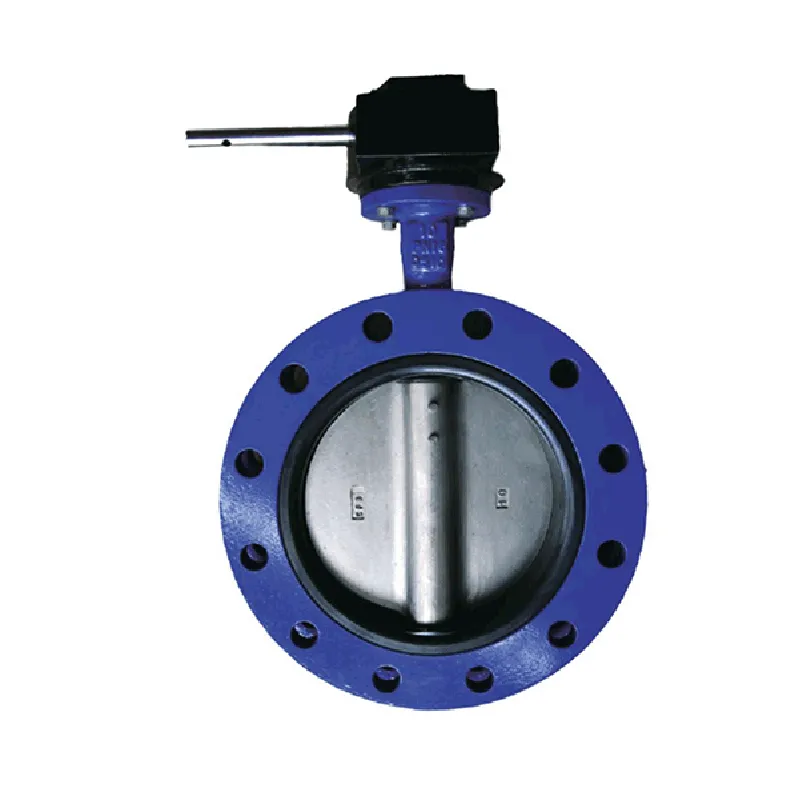10 月 . 17, 2024 12:36 Back to list
Flexible Rubber Check Valve for Optimal Flow Control in Various Applications
Understanding Rubber Check Valves Functionality and Applications
In various industrial and commercial settings, maintaining the flow of fluids while preventing backflow is crucial. One of the most effective solutions to this challenge is the rubber check valve. This article explores the design, functionality, and applications of rubber check valves, highlighting their importance in fluid management systems.
What is a Rubber Check Valve?
A check valve, also known as a non-return valve, is designed to allow fluid to flow in one direction while preventing it from flowing back the other way. Rubber check valves are specifically engineered using elastomeric materials that provide flexibility, durability, and excellent sealing capabilities. The rubber material not only helps in preventing leaks but also offers resistance against a variety of chemicals, making these valves suitable for diverse applications.
How Do Rubber Check Valves Work?
The operational mechanism of rubber check valves is quite straightforward. They consist of a valve body, which can be made from various materials (often plastic or metal), and a rubber diaphragm or flap. When fluid flows in the intended direction, the pressure causes the rubber flap to lift off its seat, allowing the fluid to pass through. When the flow stops or reverses, gravity and the inherent elasticity of the rubber close the flap, effectively stopping any backflow.
This automatic operation makes rubber check valves particularly valuable in fluid systems where manual control would be impractical or inefficient. The elasticity of rubber ensures a quick response time, enhancing the valve's performance in dynamic fluid environments.
Advantages of Rubber Check Valves
1. Flexibility and Durability Rubber can withstand a wide range of temperatures and pressures, which enables rubber check valves to be used in various environments. Their flexibility allows them to adapt to different pipeline configurations without the risk of cracking or breaking.
2. Chemical Resistance Many rubber compounds offer excellent resistance to chemicals, making these valves suitable for handling corrosive fluids. This characteristic is vital in industries such as pharmaceuticals, food processing, and wastewater management.
rubber check valve

3. Lightweight and Cost-Effective Compared to metal valves, rubber check valves are lighter and generally more affordable, making them an attractive option for large-scale installations.
4. Low Maintenance With simple design and robust material properties, rubber check valves require minimal maintenance. Their self-regulating nature means they are less prone to failure compared to mechanical counterparts, reducing downtime and repair costs.
Applications of Rubber Check Valves
Rubber check valves are utilized across a multitude of industries. Their primary applications include
- Water Supply Systems They prevent backflow in municipal water systems and ensuring clean water supply to homes and businesses. - Sewage and Wastewater Management In sewage systems, these valves prevent the flow of wastewater in reverse, protecting treatment facilities and maintaining environmental standards.
- Pumping Stations In various pumping applications, rubber check valves ensure that pumps do not run dry and protect against potential damage due to backflow.
- Chemical Processing The flexibility and chemical resistance of rubber allow these valves to be used in pipelines carrying a variety of fluids safely.
- Food and Beverage Industry Ensuring sanitary conditions, rubber check valves are used in processes that involve moving liquids that are sensitive to contamination.
Conclusion
Rubber check valves play a pivotal role in fluid management, providing a reliable and efficient way to control flow and prevent backflow. Their unique properties make them suitable for a range of applications across different industries, contributing to operational efficiency and safety. By understanding the functionality and advantages of rubber check valves, engineers and operators can make informed decisions that enhance their fluid systems, ultimately ensuring seamless operations. As industries continue to evolve, the importance of these simple yet effective components will only grow, underscoring their value in modern fluid mechanics.
Share
-
Understanding the Differences Between Wafer Type Butterfly Valve and Lugged Butterfly ValveNewsOct.25,2024
-
The Efficiency of Wafer Type Butterfly Valve and Lugged Butterfly ValveNewsOct.25,2024
-
The Ultimate Guide to Industrial Swing Check Valve: Performance, Installation, and MaintenanceNewsOct.25,2024
-
Superior Performance with Industrial Swing Check Valve: The Essential Valve for Any SystemNewsOct.25,2024
-
Industrial Swing Check Valve: The Ideal Solution for Flow ControlNewsOct.25,2024
-
You Need to Know About Industrial Swing Check Valve: Functionality, Scope, and PerformanceNewsOct.25,2024